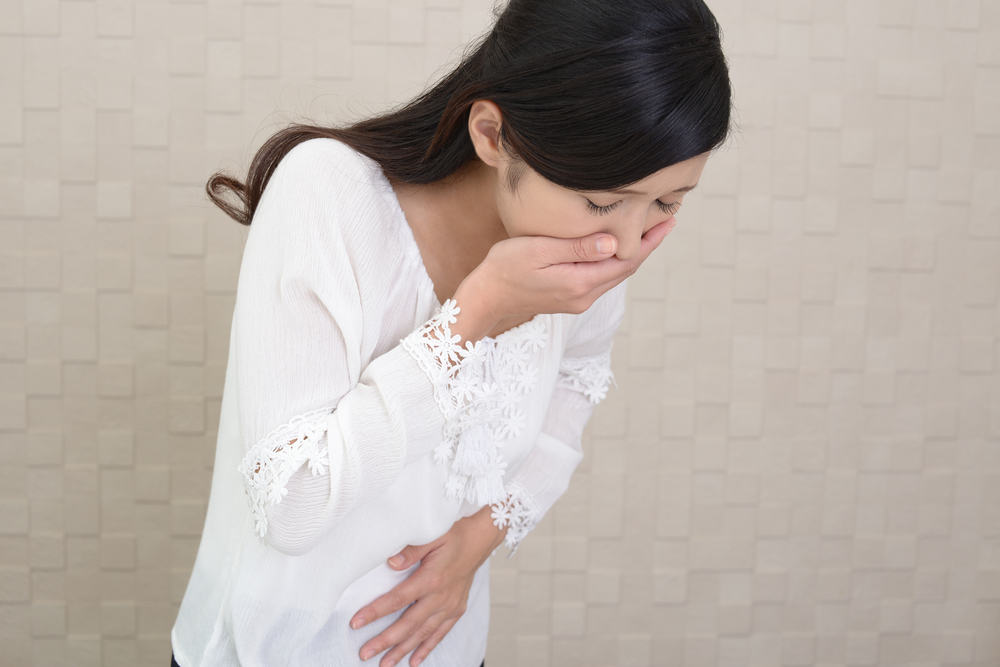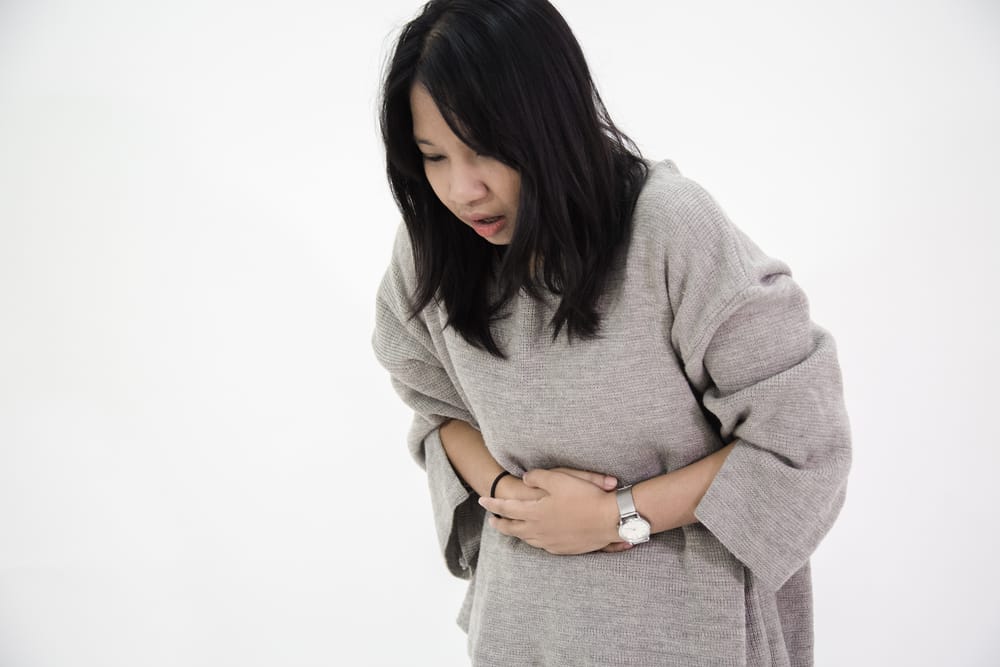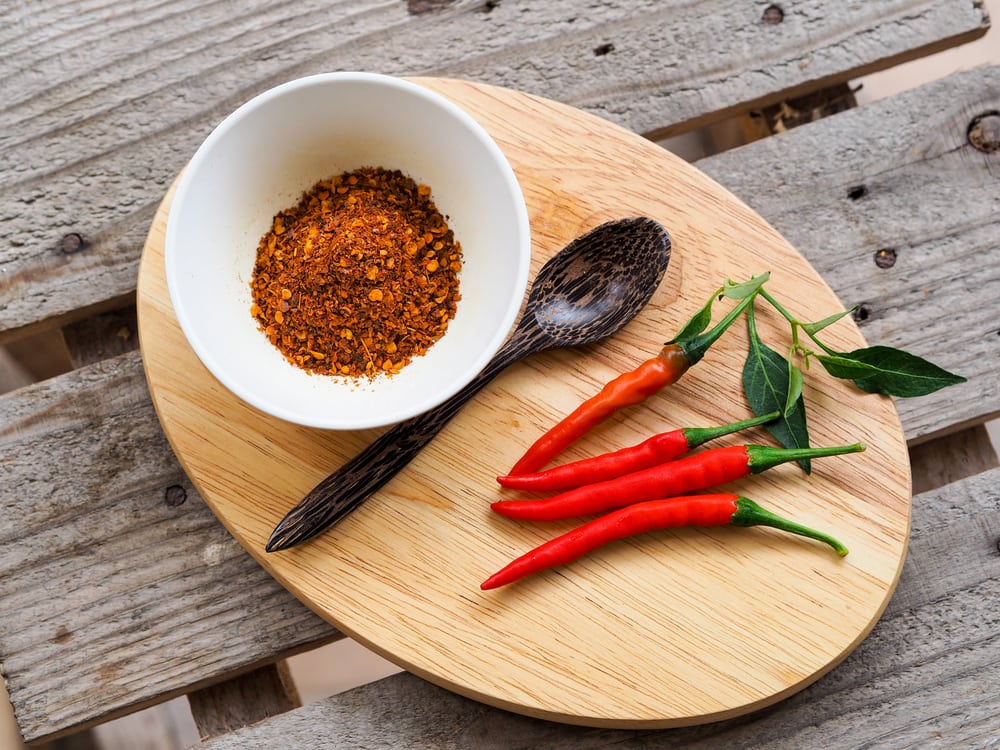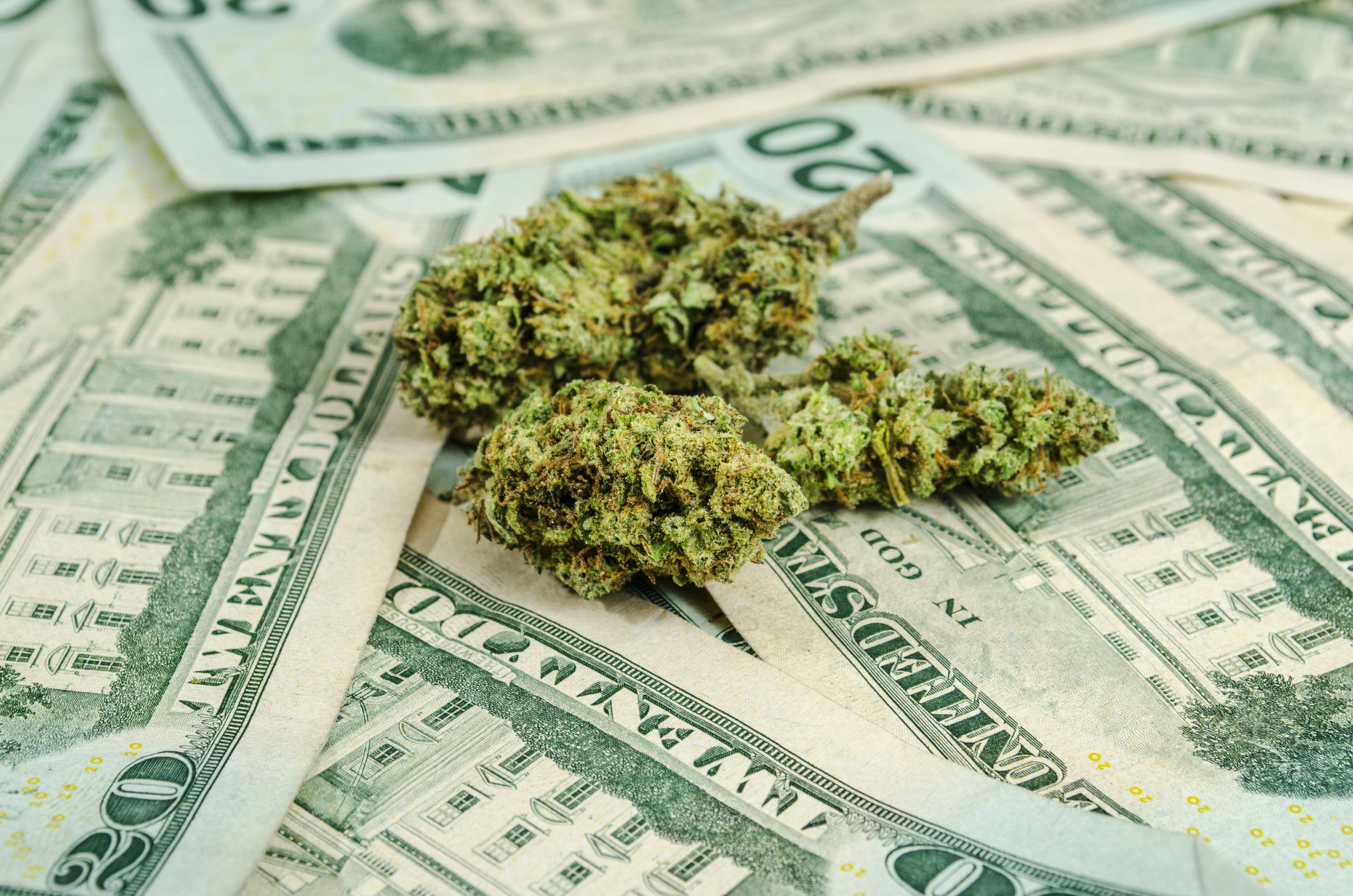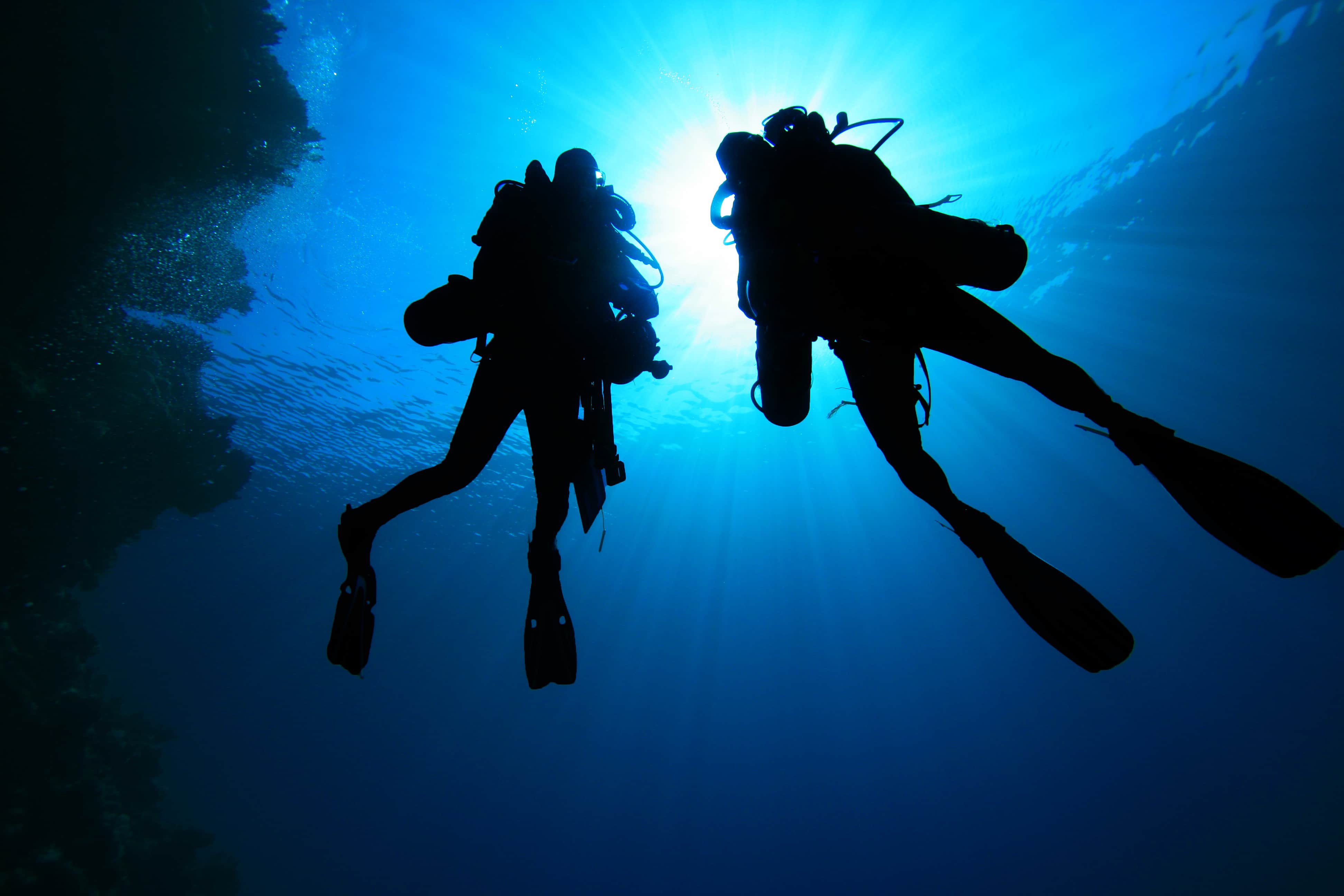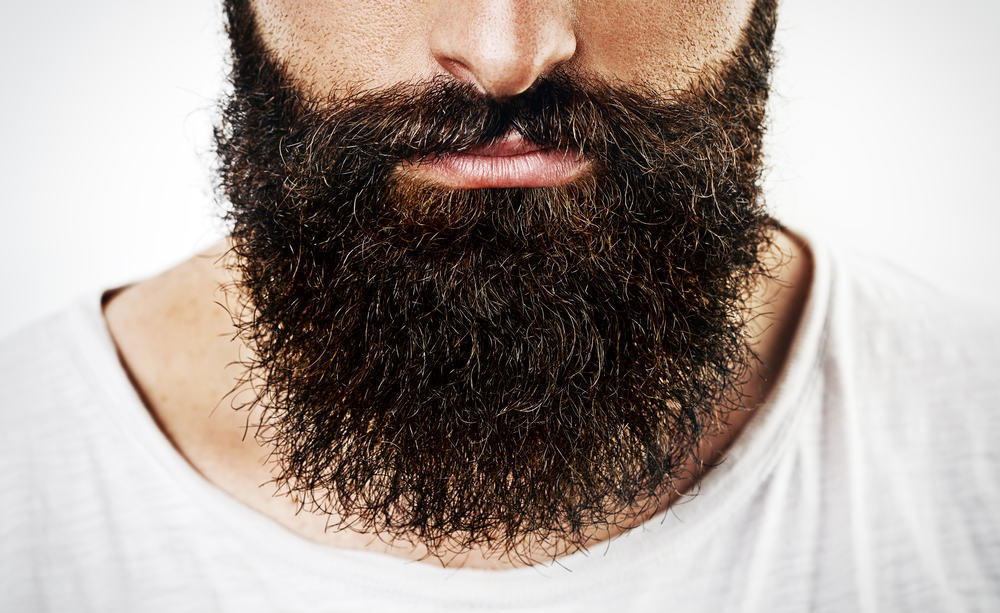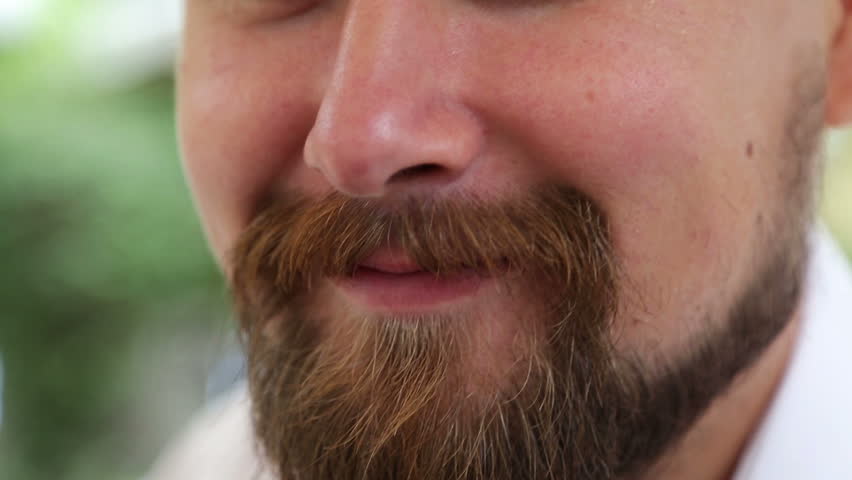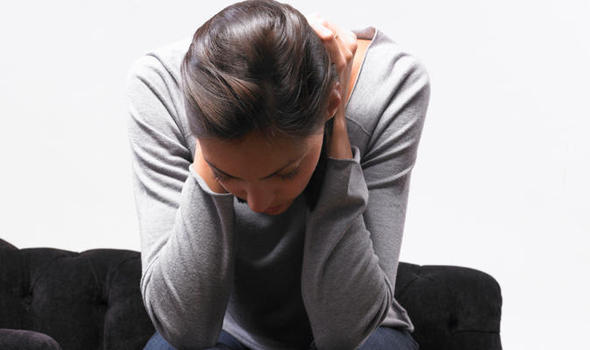Contents:
- Medical Video: What is a gallbladder attack?
- What is the gallbladder deposits?
- What are the symptoms of a gallbladder deposition?
- What causes the deposition of the gallbladder?
- How is bile deposits diagnosed?
- Overcome sediment in the gallbladder
- Possible complications
- 1. Gallstones
- 2. Cholecystitis
- 3. Acute pancreatitis
Medical Video: What is a gallbladder attack?
The gallbladder is located between the intestine and the liver which functions to store bile from the liver until the time comes to be released into the intestine to help digestion. If the gallbladder is not completely empty, particles in the bag such as bile or calcium salts will thicken due to the remnants of the gallbladder that settles too long. Then the gallbladder deposits will form, commonly referred to as the gallbladder deposits or also called sludge bile. In foreign terms this condition is called gallbladder sludge.
What is the gallbladder deposits?
Gallbladder deposits are a collection of cholesterol, calcium, bilirubin, and other compounds that form in the gallbladder. Sometimes called biliary sludge or bile deposits, because they occur when the bile is too long in the bag.
Bile is a greenish yellow liquid that is produced in the liver and stored in the gallbladder. Its function is to help the body digest fat. If small particles of bile remain in the gallbladder for too long, these particles can accumulate and settle into deposits (sludge) bile.
This is not a separate medical condition, but can lead to other related conditions. For example gallstones and cholecystitis. However, it can also disappear on its own. In most cases, doctors find deposits of the gallbladder when ultrasound is carried out in the gallbladder. This matter more often diagnosed in people with gallbladder and liver problems because people with this type of condition are more likely to undergo ultrasound (USG) tests in the related section.
What are the symptoms of a gallbladder deposition?
Some people with deposits in the gallbladder will not show symptoms and never know that they have them. However, there are also some people who experience symptoms that are indicated by an inflamed gallbladder or gallstones. The main symptom is abdominal pain, especially on the upper right side below the rib cage. This pain can increase shortly after eating.
The other symptoms that generally occur are:
- Chest pain
- Pain in the right shoulder
- Nausea
- Gag
- The texture and color of feces like clay
What causes the deposition of the gallbladder?
Sediment in the gallbladder is formed when the bile is in the bag for too long. Mucus from the gallbladder can mix with cholesterol and calcium salts that are joined to create deposits such as mud. Sludge the gallbladder is usually more common during pregnancy, especially if you follow a strict diet.
This condition is not a common condition. Some people have a higher risk of this condition. The following groups that have a higher risk include:
- Woman. Compared to men, women have a higher risk of experiencing problems with the gallbladder.
- People who get nutrition through infusion or other food alternatives.
- People who are critically ill.
- People with diabetes.
- People who are overweight and lose weight very quickly.
- People who have had organ transplants.
- Alcoholism.
- Have a history of problems with the gallbladder.
How is bile deposits diagnosed?
If you experience frequent abdominal pain, your doctor will ask you about your medical history and symptoms recently. Next the doctor will do a physical examination by pressing in a different part of your stomach. If your doctor suspects that your gallbladder can be a source of pain, chances are that your doctor will do an ultrasound examination of the stomach that can detect gallstones accurately.
If your doctor diagnoses gallstones or deposits in the gallbladder, you may be asked to undergo tests to determine the cause of the deposits. Tests that will be performed are usually blood tests. Through blood tests, cholesterol and sodium levels can be detected. Doctors also undergo blood tests to make sure your liver is functioning properly. Sometimes these deposits are found from the results of CT scans or ultrasounds that are performed to detect other diseases around the bile.
Overcome sediment in the gallbladder
If the deposits in your gallbladder do not cause any symptoms, treatment is not needed. The doctor will prescribe medication to help dissolve the mud or gallstones. In some cases, when these deposits cause pain, swelling, or gallstones, the doctor may recommend removing the gallbladder.
If this condition recurs, you need to make lifestyle changes to prevent future problems. By eating low-fat, low-cholesterol, and low-sodium foods, you can reduce the possibility of developing deposits in the future.
Treatment through lifestyle changes can prevent the occurrence of recurrent gallbladder deposits. These strategies include:
- Do not consume alcohol
- Eating low-fat foods
- Avoid significant increases or weight loss
Possible complications
Sometimes, bile deposits will heal without causing symptoms and treatment. However, in some cases these deposits pose a risk of causing several diseases, including:
1. Gallstones
Gallstones can cause upper abdominal pain so it usually requires surgery. In some cases, gallstones can cause blockages in the bile duct. If this happens, immediate medical action is needed.
2. Cholecystitis
Bile deposits can cause cholecystitis or inflammation of the gallbladder. If this causes sustained and increasing pain, doctors usually recommend removing the gallbladder. In very severe cases, the inflamed gallbladder can cause erosion of the gallbladder wall. This condition can cause perforation or rupture of the wall of the pouch resulting in leakage of the contents of the gallbladder into the abdominal cavity.
3. Acute pancreatitis
Sedimentation of the gallbladder can cause acute pancreatitis, or inflammation of the pancreas. This condition causes active enzymes in the pancreas which lead to inflammation. Inflammation can cause a systemic response, which can cause shock and even death. This can occur if the deposits in the gallbladder block the pancreatic duct.


